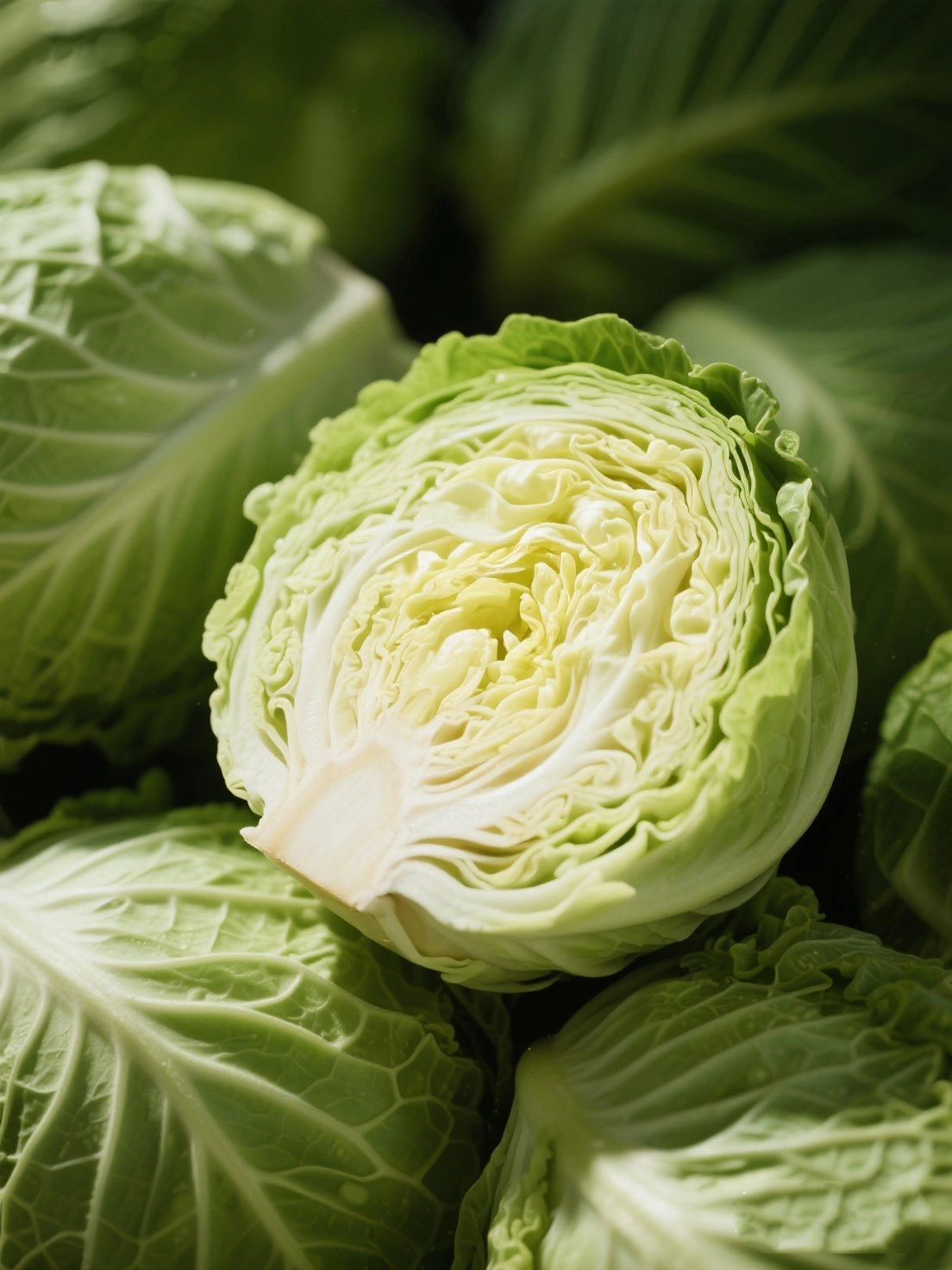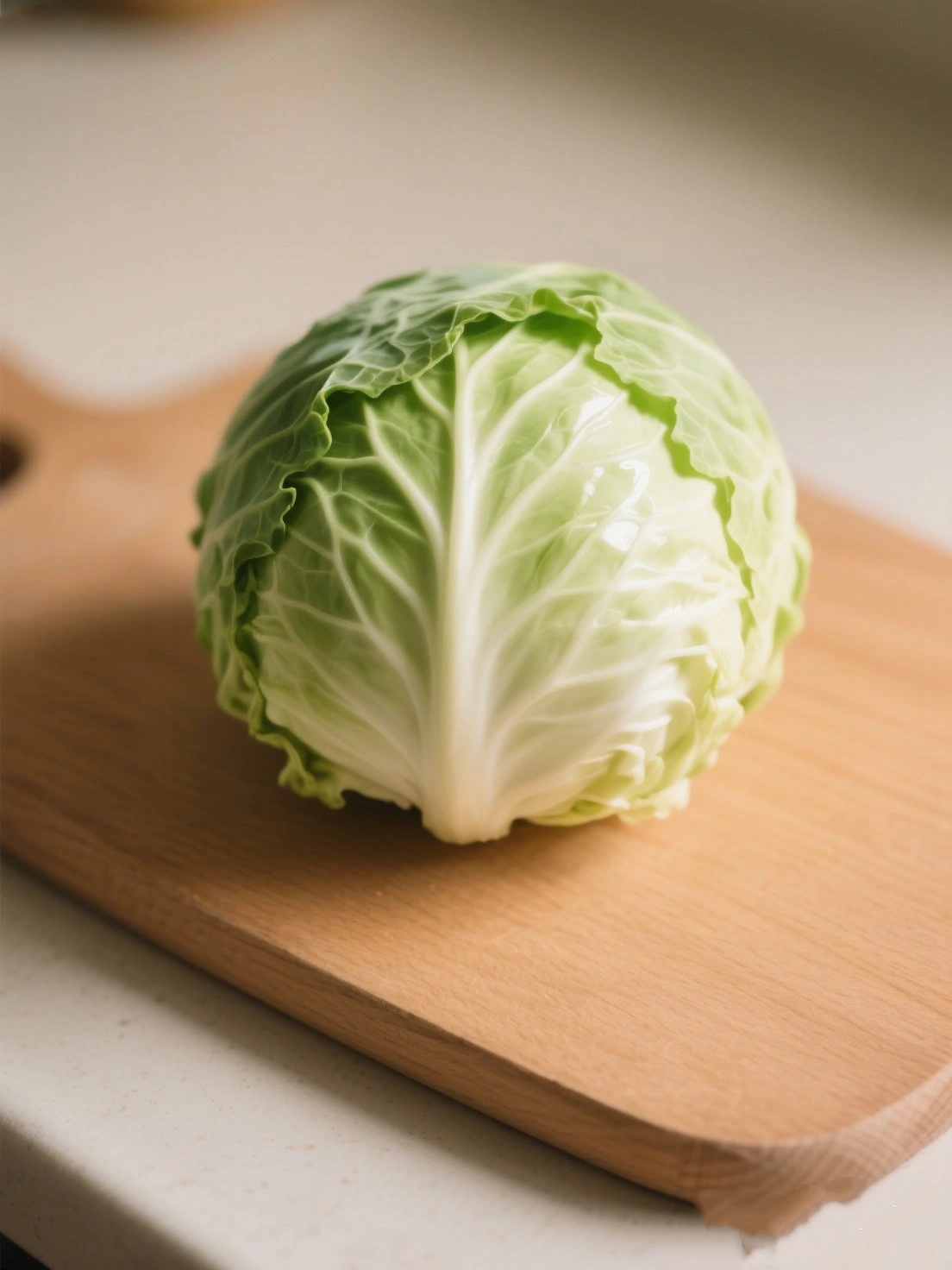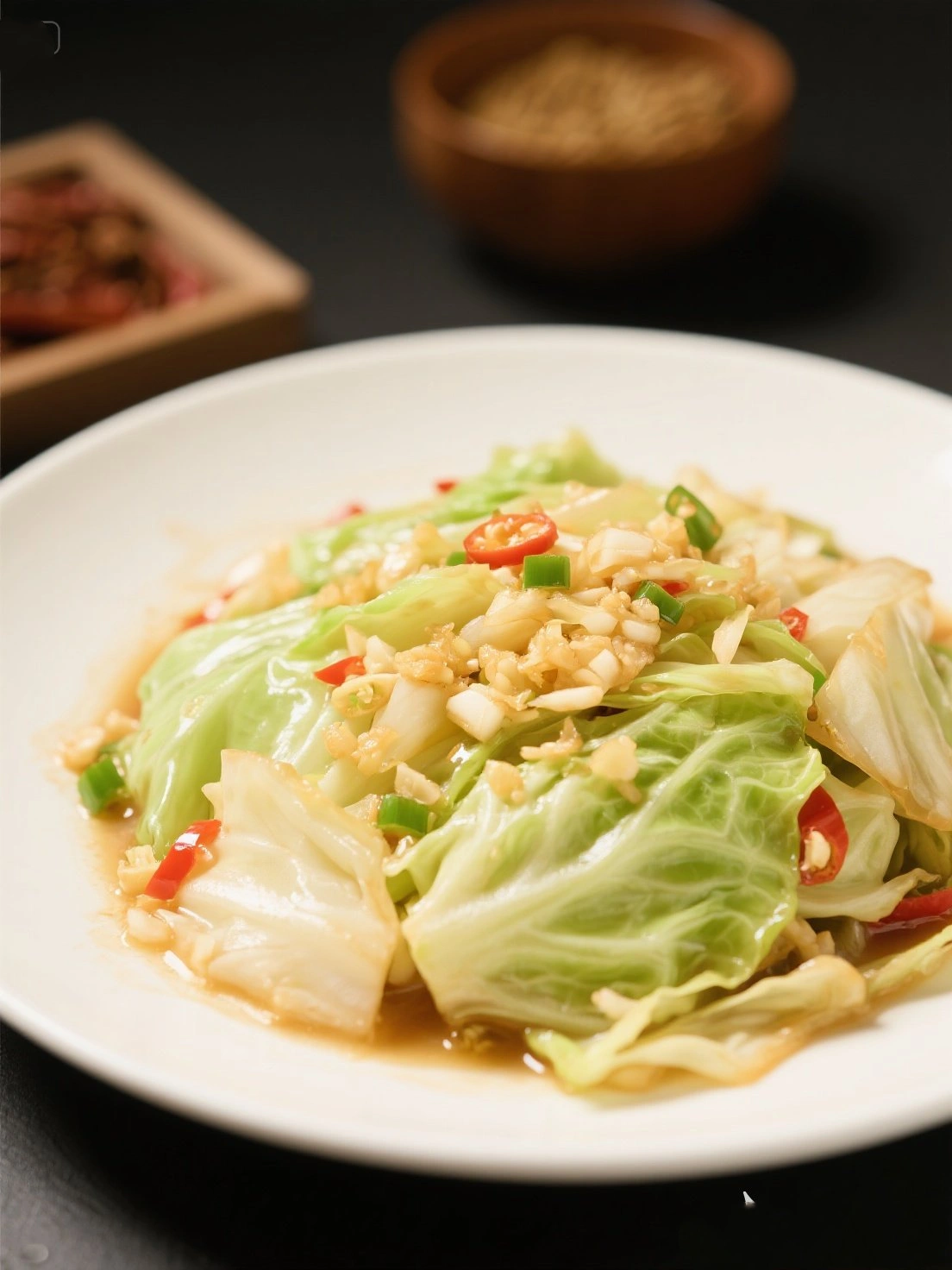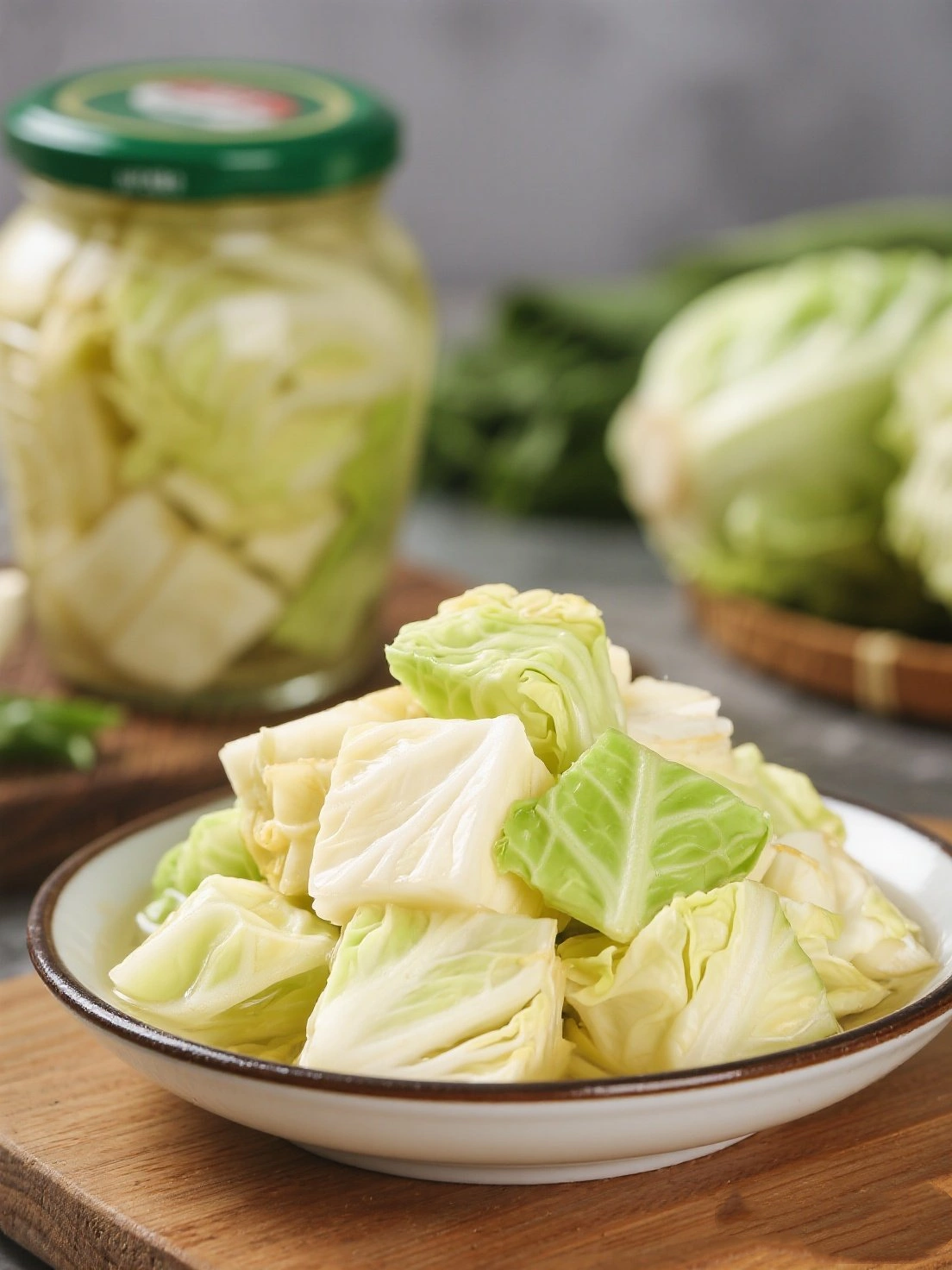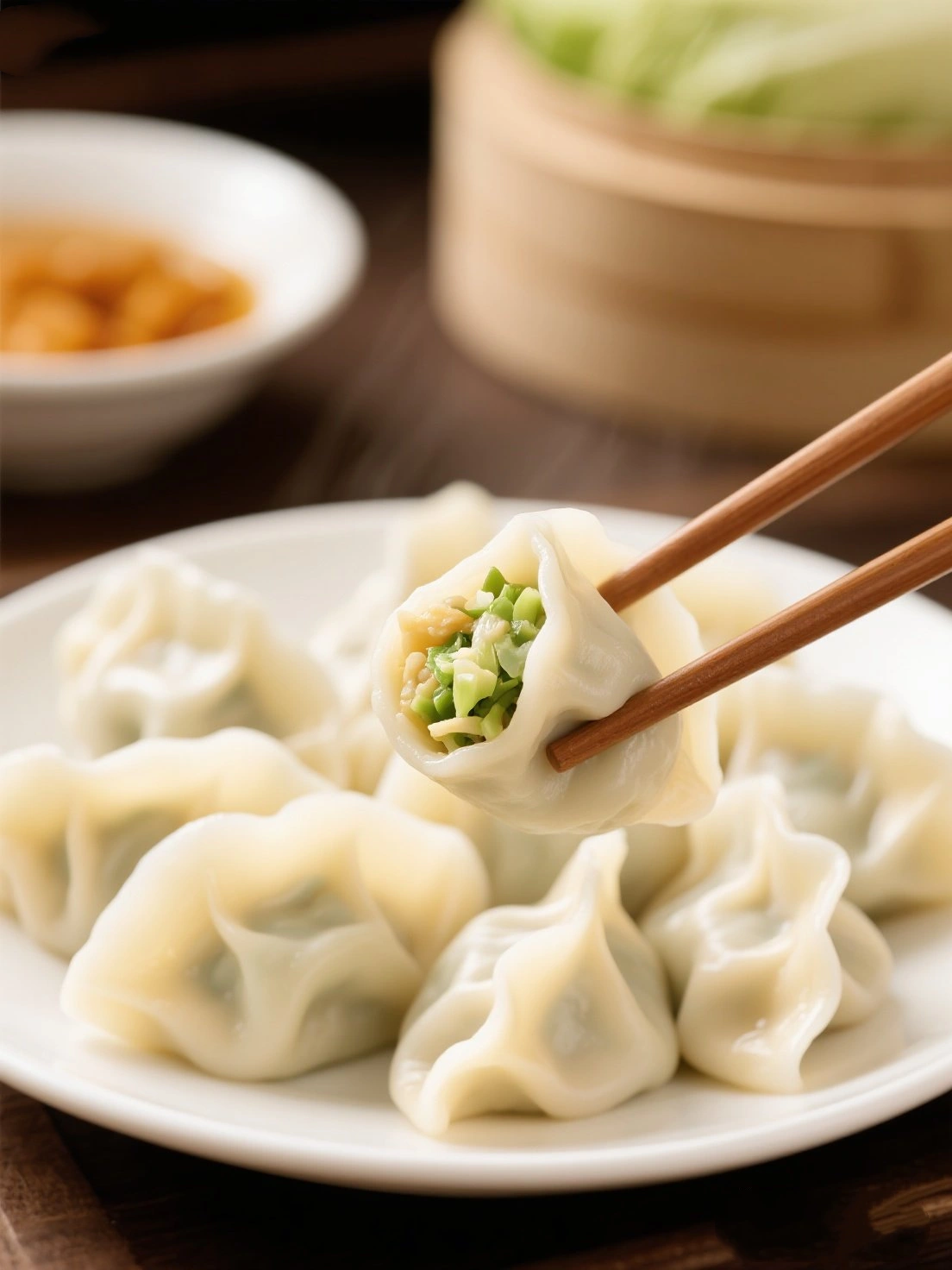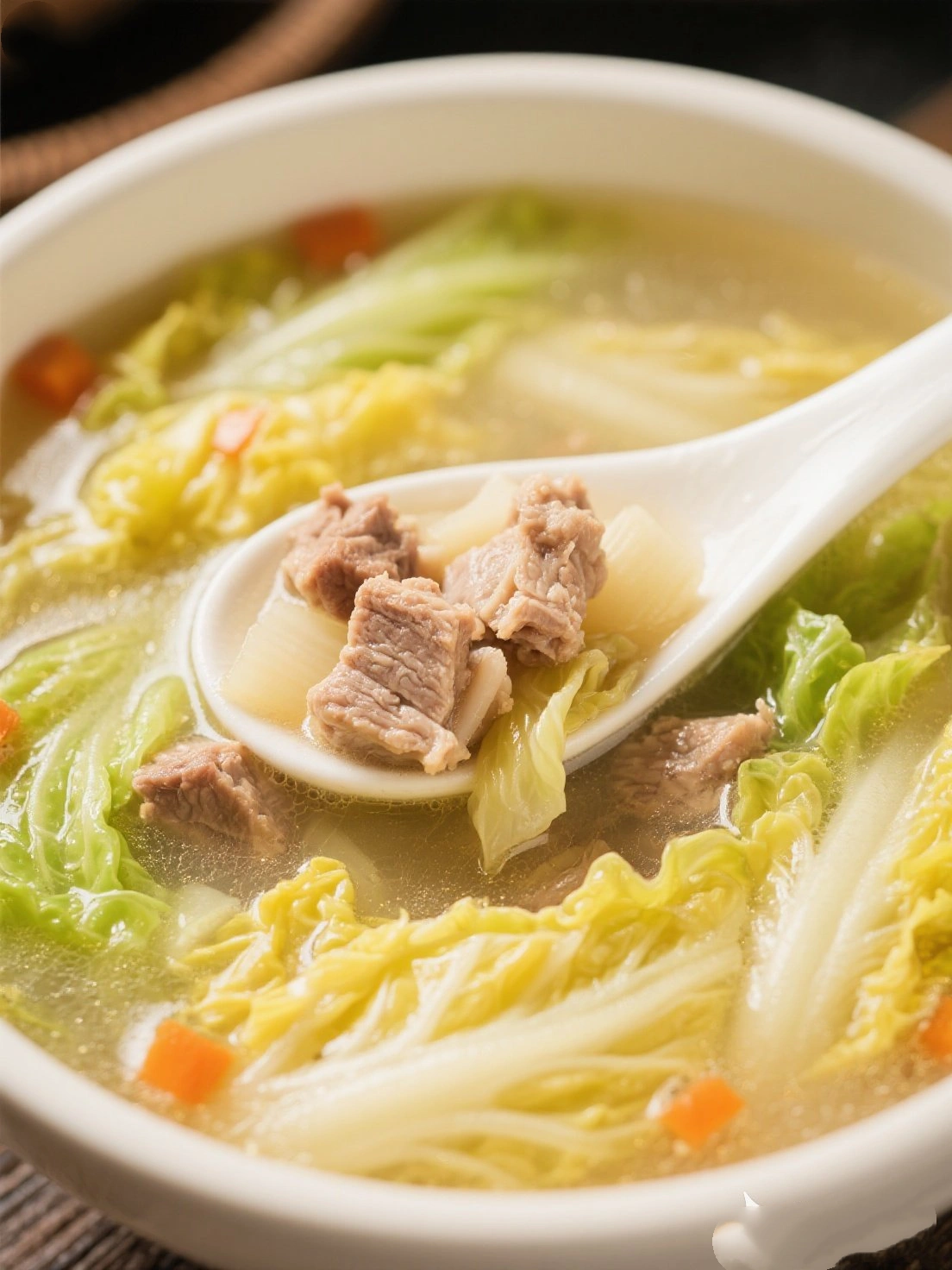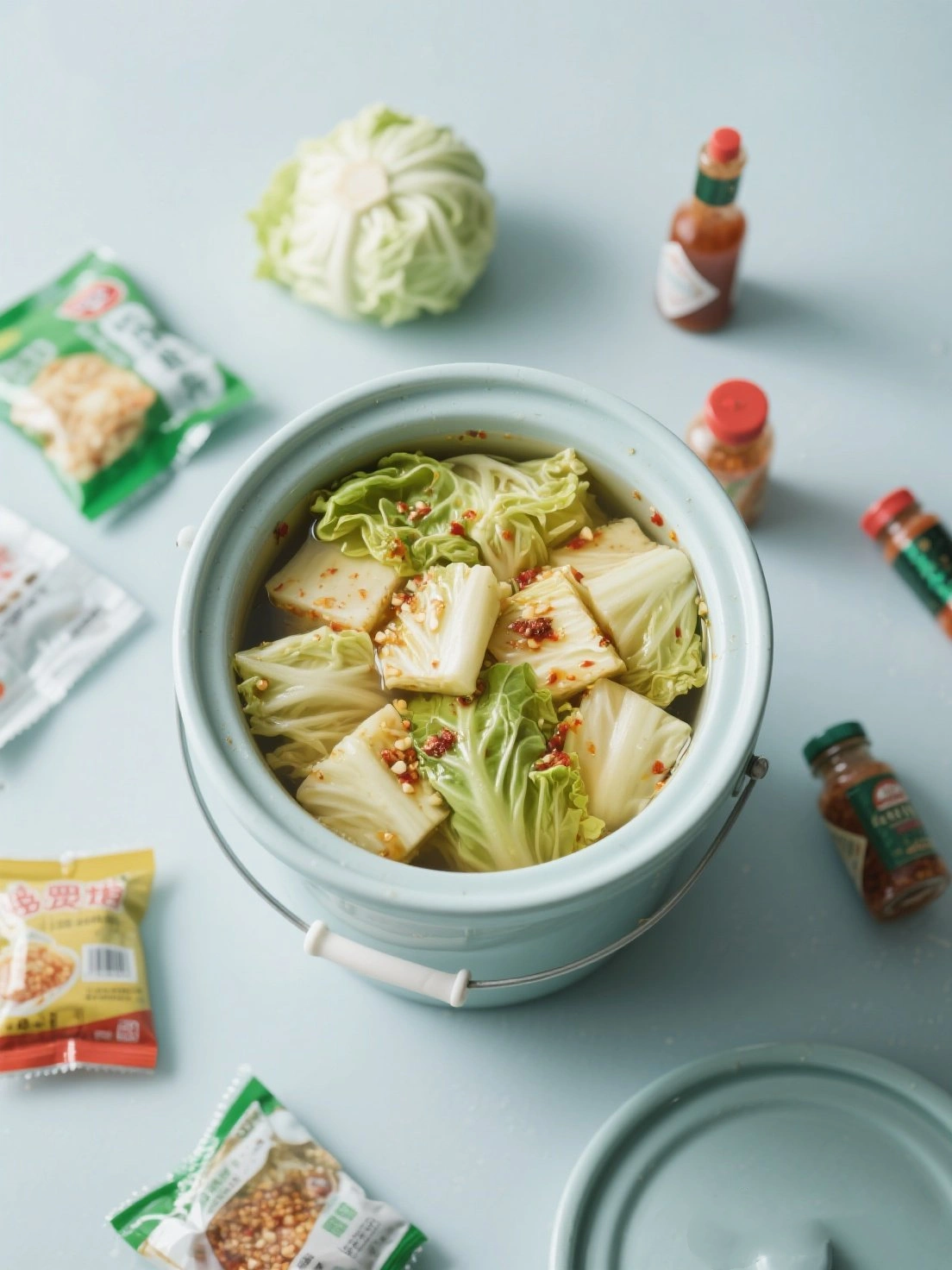Cabbage (Brassica oleracea var. capitata), known as 包菜 (bāo cài) or "wrapped vegetable" in Chinese, has been cultivated for over 4,000 years. Originating in the Mediterranean region, it spread to China along the Silk Road during the Han Dynasty (206 BC–220 AD). Chinese farmers developed unique varieties suited to local climates and culinary traditions.
In Traditional Chinese Medicine, cabbage is considered cooling and sweet. It's used to benefit the stomach and intestines, relieve heat toxicity, and promote digestion. The juice is particularly valued for treating stomach ulcers and constipation. Modern TCM practitioners recommend cabbage for its ability to cleanse the body and support detoxification pathways.
Today, China is the world's largest cabbage producer, accounting for over 40% of global production. The vegetable thrives in diverse climates across the country, with major production in Hebei, Shandong, and Henan provinces. Cabbage remains a staple in Chinese cuisine, valued for its versatility, long storage life, and nutritional benefits.
